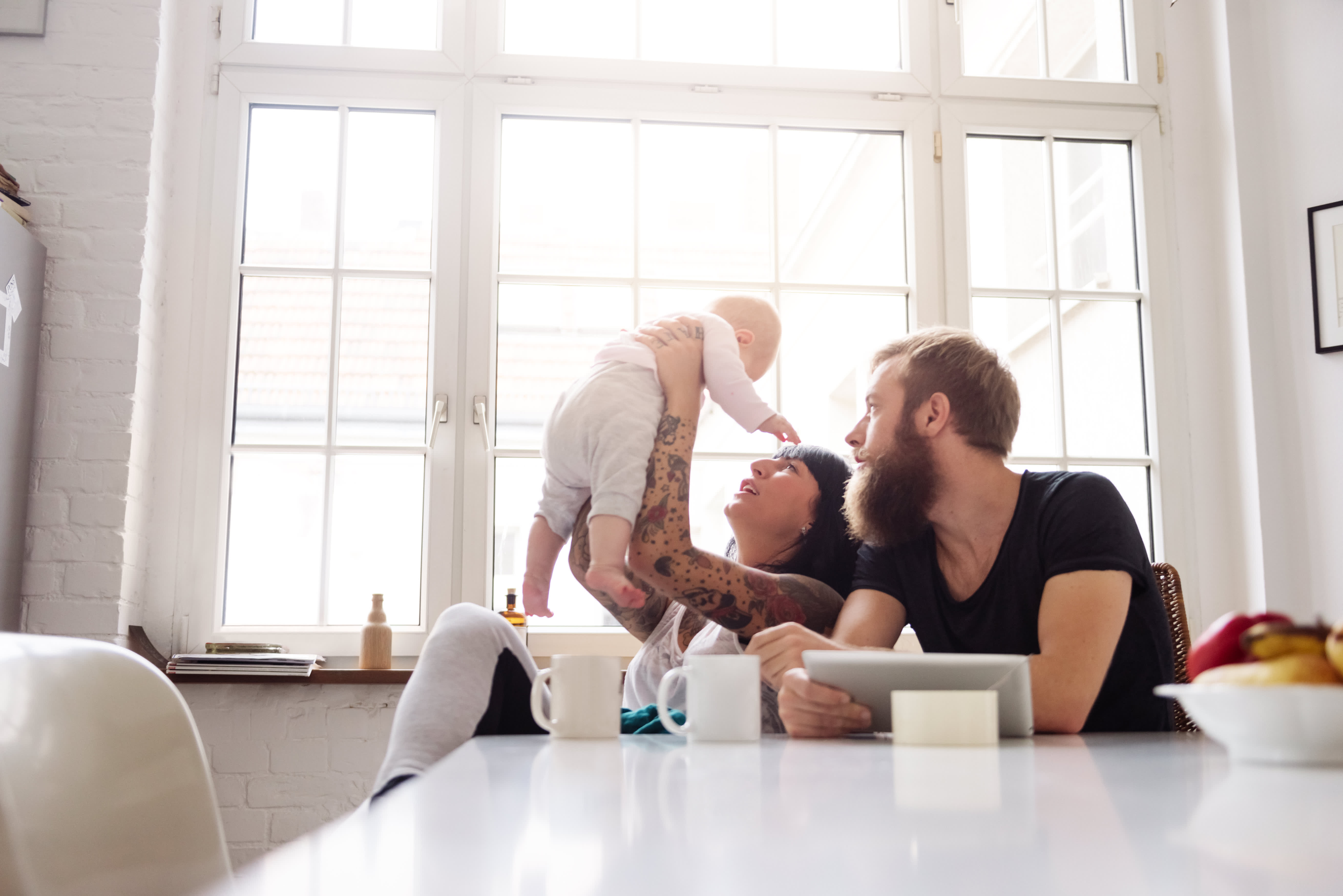Products You May Like
Women gave birth to fewer children during the Covid-19 pandemic.
If these low U.S. birth rates continue, it could have a lasting economic impact, including retirement and Social Security benefits.
The total fertility rate has been declining for years. In 1964, women of childbearing age had an average of 3.2 children. By 1974, that number fell to 1.8, according to the Center for Retirement Research at Boston College.
Flash forward to 2019 and the provisional total fertility rate was just 1.7, according to a March 2020 report from the Centers for Disease Control and Prevention. Then, Covid-19 led to even fewer births than expected in 2020. Recent research from Cornell University found that the U.S. birth rate declined by 7.1% during the pandemic.
Pregnancies that were delayed from 2020 to 2022 may be deferred to 2024 to 2026, according to the Center for Retirement Research.
Yet there are reasons to believe that the birth rate could stay low.
The age of motherhood has been increasing in both the U.S. and other developed countries for the past couple of decades, according to Anqi Chen, assistant director of savings research at the Center for Retirement Research.
Today, for women in the U.S., that age is around 30 years old. At the same time, that total fertility rate of 1.7 children per woman as of 2019 was well below the replacement rate of 2.1 children.
Factors affecting birth rates
While women may expect to have two children, there are reasons that may not happen.
For women in their 30s who delay having children during Covid-19, fertility issues could prevent them from having the number of children they expect.
“The more you delay, the less likely you are to meet your expectations,” Chen said.
Additionally, women who were in their early 20s during the global recession caused by Covid-19 may also end up having fewer children in their lifetimes, according to Chen. This is due to the fact that starting their careers in those conditions could have long-lasting effects on their career development and earning potential.
The birth rate is watched closely by experts due to its effect on retirement, namely Social Security.
That program is a pay-as-you-go system, Chen said. Today’s workers are paying for today’s retirees benefits. Then, future workers will pay the benefits when current workers retire.
Consequently, the Social Security Administration watches birth rates closely. In its recent annual trustees report, the government agency increased the total fertility rate assumption from 1.95 children to 2, a .09% increase from the 2020 report.
That projection, along with an estimated slower overall pace of mortality improvement, were positive factors in the latest estimates.
Still, the program overall faces a potential shortfall that should prompt lawmakers to act in order to avoid “precipitous cuts” to benefits that would start in 2034, the Center for Retirement Research said. If nothing is done by that time, just 78% of benefits will be payable.
How fewer births affect retirement
For women who have fewer children, there could be a potential upside in retirement.
Many women face a so-called “motherhood penalty” due to the fact that their earnings are reduced with each child they have, which permanently reduces their lifetime incomes.
This can carry over into retirement, particularly due to lower income through Social Security benefits.
More from Personal Finance:
Your student loan was forgiven. Here’s what experts say you should do next
Wealthy may avoid $163 billion in taxes every year. Here’s how they do it
These year-end tax moves may help you save, whatever happens in Congress
Women having fewer children could minimize the effects of the motherhood penalty, given that their earnings would not suffer as much.
However, because Social Security is a pay-as-you-go system, fewer births would also mean fewer future workers available to contribute to the system. Consequently, that could result in an “everyone penalty,” with lower benefits for everyone, Chen said.
“If there are fewer workers in the future, then that definitely could impact the amount of money going into the Social Security system, which would affect benefits too,” Chen said.
